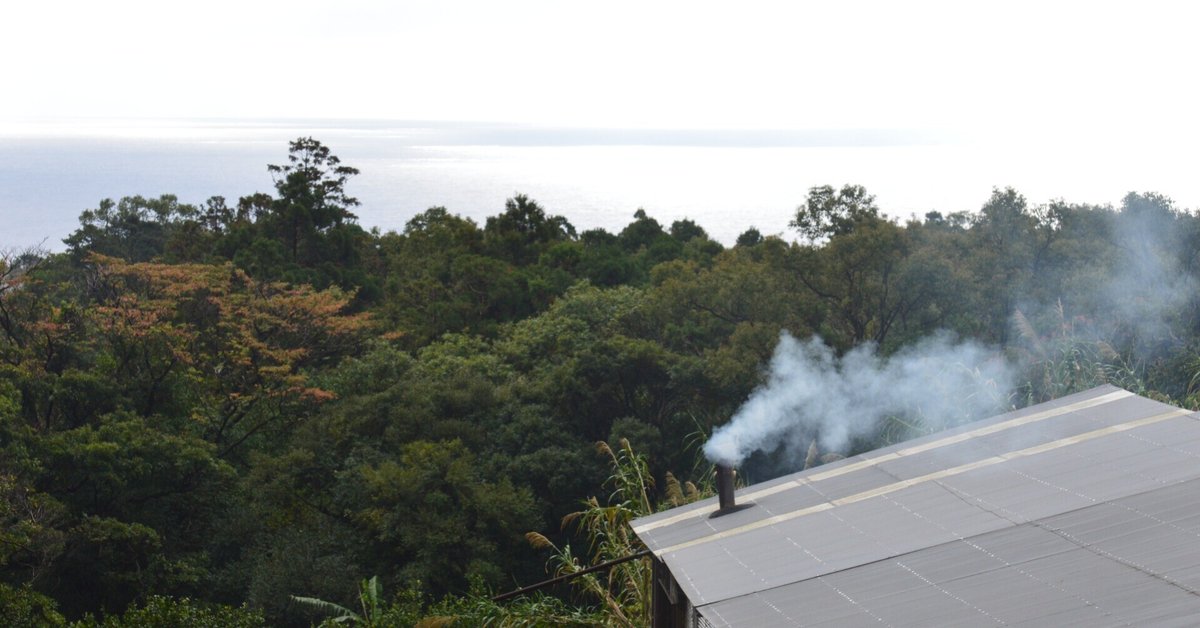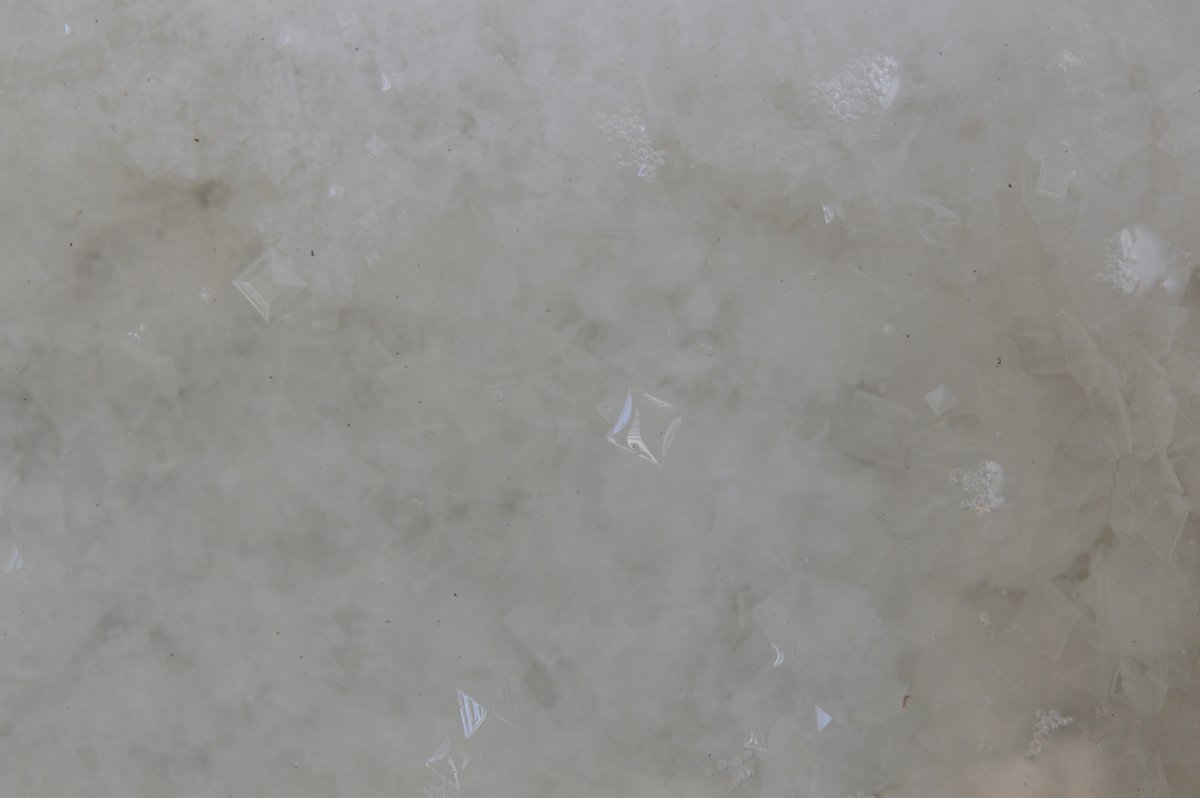
Salt is the Earth.
Salt from Yakushima Have you ever used salt in your daily life? (It's impressive if you haven't!) I had forgotten that the "salt" we have in our daily lives is something so close to nature. But then, I had a moment of recollection. I saw salt crystals forming for the first time in my life. The beauty and the emotions I felt at that moment are unforgettable.
That's why I want to share this and have it reach people who can empathize. This is the story of Yakushima salt.

Yakushima is a small Earth. There are people who describe Yakushima as a small Earth. The more I live here, the more I understand the meaning.
Clouds born from the sea collide with the mountains. Clouds that collide with the mountains create rain, forming rivers. The rivers pass through the villages where we live and flow into the sea.
In Yakushima, the sea, mountains, rivers, and villages are all present nearby.
Yakushima is like a condensed representation of the Earth's workings.
First, we collect seawater.

My brother-in-law is a fisherman, and he goes out to sea between fishing trips to collect seawater. Being born and raised in Saitama, a place with no ocean or mountains, living alongside the sea and mountains feels like a dream to me, something unimaginable in my everyday life.
Next, we burn firewood.

After pouring seawater into a homemade salt kettle, we light a fire and add firewood.

We keep the firewood burning in the morning, afternoon, and evening. (But sometimes the fire goes out. We're human after all, there are times when we can't keep it burning.:)
And then, we wait for crystallization.


The initial crystallization contains substances other than salt, so we filter them with cloth, then we boil the filtered seawater again in the kettle.
Gradually, crystals start to gather on the surface of the water.


We gently gather the grown crystals. No matter how many times I see it, I get goosebumps at this moment. I can hear the faint, crunchy sound of gathering the crystals. Beautiful things make my whole body tremble.
Finally, the crystals break apart.
The crystallized salt tries to return to the seawater. In Yakushima, with its high humidity, it quickly turns back into liquid. So we have to dry it out. Dehydration and drying. During this process, the crystals break and become the small grains of salt we are familiar with.
I think while realizing that it's inefficient to dry each crystal intact in order to produce an easily usable amount of salt for everyone.
Salt is a familiar seasoning, an essential condiment. On the other hand, it is delicate and has a beautiful shape. I'm genuinely happy to have learned this.
North's "En," South's "Uta."
There are people in Yakushima who sell natural salt. The most famous one is called "En," produced in the northern village of Nagata.

The salt-making introduced this time is made in the southern "Onoaida" village on the island. It is the salt "海のうた" produced by the NPO organization "Jagaimo no Ouchi".



People with disabilities (as well as those without) carefully perform the final inspection and packaging work to create "海のうた".
Please take a moment to reflect on the process of creating each salt, "En" from the north and "Uta" from the south, and feel the unique thoughts and feelings that go into each salt that are different from regular salt.
https://yakushima-jyagaimonoouchi.com/
Finally, salt born from seawater is a crystal that knows everything about the mountains, rivers, and villages. When humans add their activities to it, it becomes "salt". Salt, too, might be called a small earth.
この記事が気に入ったらサポートをしてみませんか?
